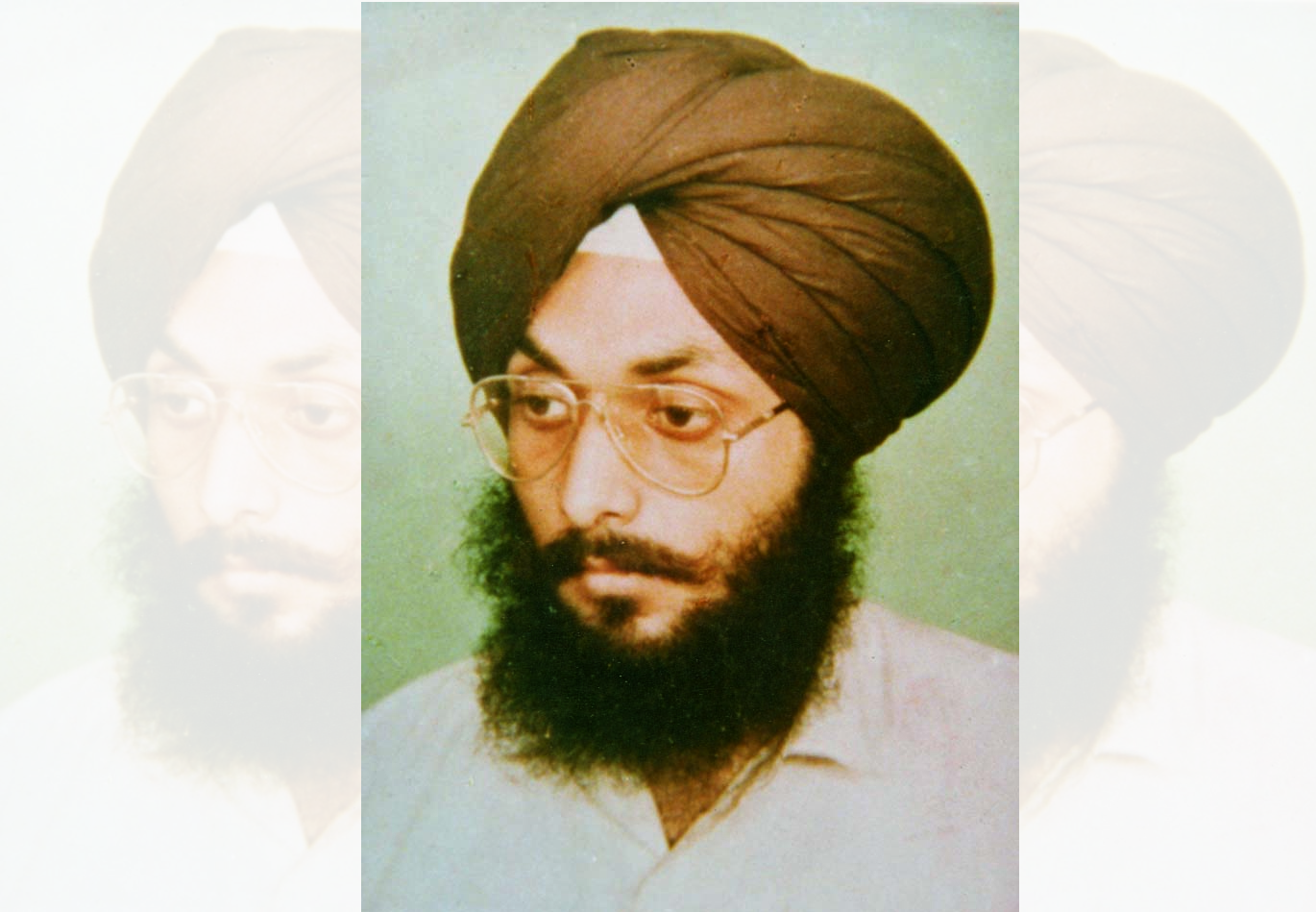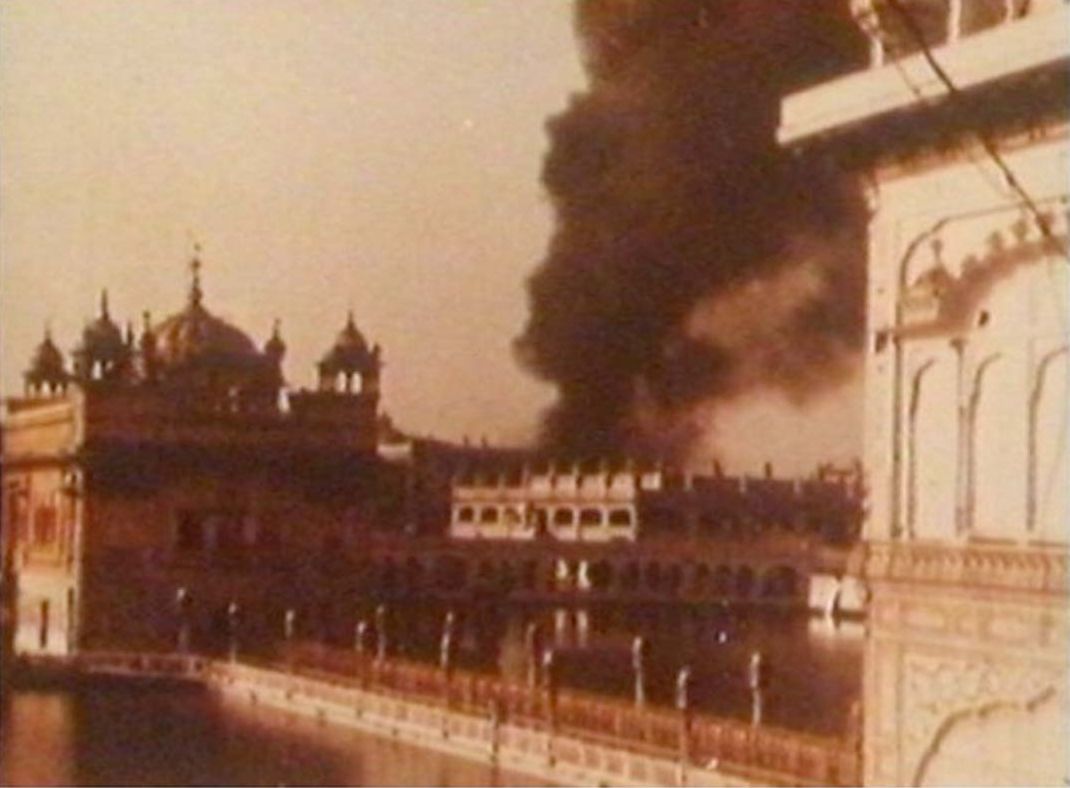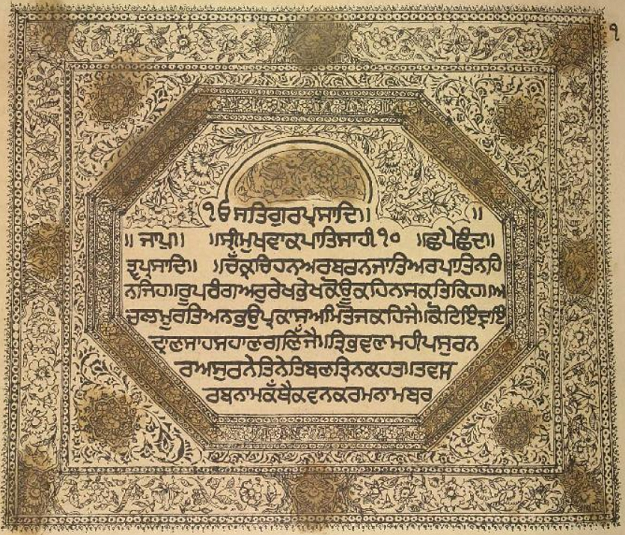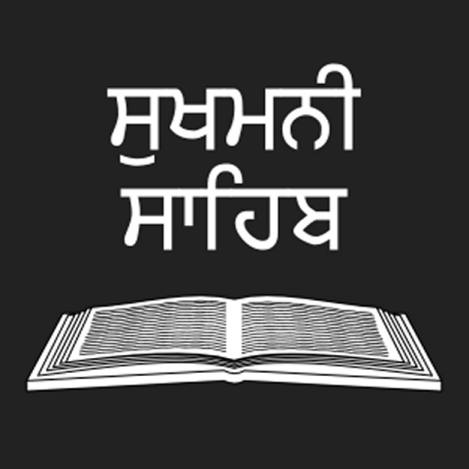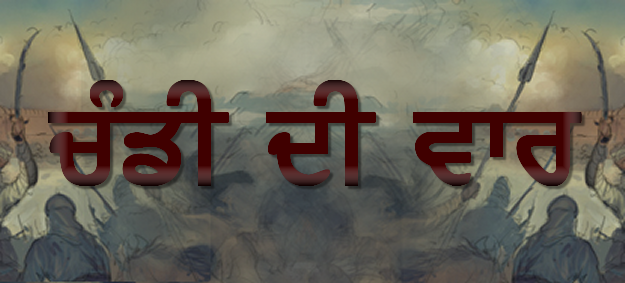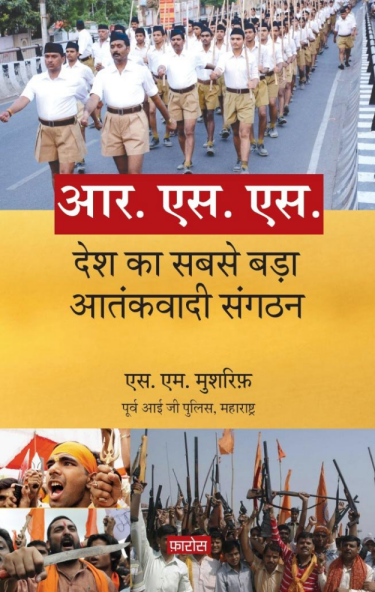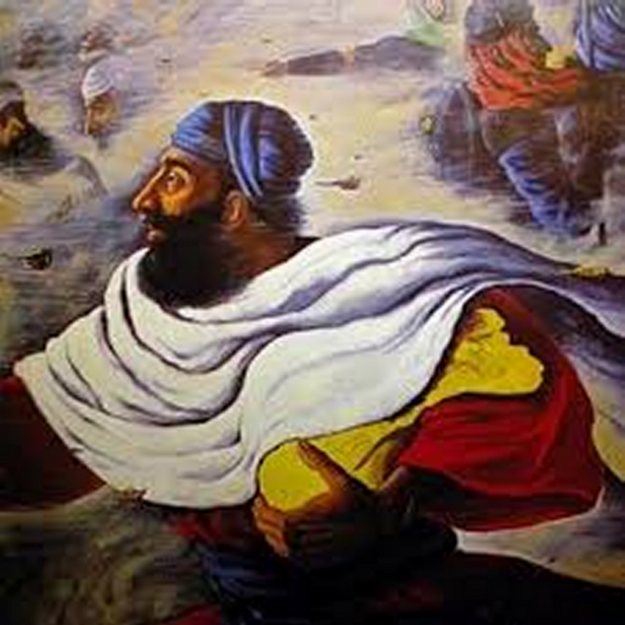
Taruna Dal, army of the youth, was one of the two main divisions of Dal Khalsa, the confederated army of the Sikhs during the eighteenth century, the other one being the Buddha Dal (army of the elders).
These Dals came into existence in 1734 when, during a truce with Zakariya Khan, the Mughal governor of the Punjab, different roving bands of the Sikhs were concentrated in Amritsar.
Taruna Dal was subdivided into five jathas or fighting groups of approximately 1300 to 2,000 men each, mostly mounted. The first was commanded by Bhai Dip Singh, commonly known, after he met with a martyr's death, as Baba Dip Singh Shahid. It was called Shahidanvala Jatha. The second, commanded by Bhai Karam Singh and Dharam Singh of Amritsar, came to be known as Amritsarian da Jatha. The third led by Baba Binod Singh and his son Baba Kahn Singh was called Sahibzadian da Jatha or Guroo-Ansi Jatha. The fourth Jatha was commanded by Bhai Dasaundha Singh of Kot Buddha and the fifth by Bhai Bir Singh Ranghreta.
Both Buddha and Taruna Dals accepted Nawab Kapoor Singh as their overall commander. It was determined that while Buddha Dal remained at Amritsar to look after the shrines, Taruna Dal would be available for action where needed. However, Zakariya Khan ended the peace pact in 1735 and resumed his repressive policy against the Sikhs so that both Dals had to abandon Amritsar and seek safety in distant hills and forests. Taruna Dal retired into the Sivalik hill states of Kahloor, Hindoor and Sirmoor which fell within the jurisdiction of Sirhind sarkar in the Soobah of Delhi. From there it launched out intermittantly to raid the territory of Manjh Rajpoots of Jalandhar Doab.
Once during 1736, crossing into the Majha country, it defeated the gashti fauj (roving army) sent from Lahore, and pillaging the Riarki area (present district of Gurdaspur) went back to its hilly haunts. During the summer of 1739, the Taruna Dal harassed and plundered the richly laden baggage train of the Persian invader Nadir Shah who, while returning home after a hearty plunder of Delhi and the Punjab, was keeping close to the hills with a view to avoiding the heat of the plains. The Sikhs followed the invaders up to Akhnoor on the River Chenab where they rescued from their hands a large number of Hindu girls and safely restored them to their families. This chivalrous act and their daring attacks on Nadir Shah, contrasting with the abject surrender of the rulers of Delhi and Lahore, endeared the Sikhs to the general populace.
The two Dals now returned to the Punjab and started assembling at Amritsar on the occasions of Baisakhi and Divali. At the Sarbatt (lit. entire) Khalsa meeting on Baisakhi, 29 March 1748, a major reorganization of the Dal Khalsa was put in hand. The entire force was divided into 11 misls or divisions. Six of these misls were assigned to the Buddha Dal while the rest formed the Taruna Dal. The latter comprised Sukkarchakkia misl under Sardar Charhat Singh (grandfather of Maharaja Ranjit Singh), Bhangis under Sardar Hari Singh; Kanhaiyas under Sardar Jai Singh; Nakais under Sardar Hira Singh; and Ramgarhias under Sardar Jassa Singh Ramgarhia, as distinguished from his namesake of the ahloovalia clan, who was chosen as commander-in-chief of the Dal Khalsa as a whole. Taruna Dal continued to participate in joint expeditions of the two Dals, but its specific sphere of operation lay to the north of the Rivers Sutlej and Beas.
After the conquest of Sirhind in January 1764, the misls divided the territory among themselves and started adding to their respective domains. From among the Taruna Dal only one Sardar of the Bhangi misl, Rai Singh had participated in the partition of Sirhind territory. He had occupied 204 villages around Booria and Jagadhri. The remaining sardars of the Taruna Dal had their eyes fixed on the northern Doabs of the Punjab proper. The Bhangis controlled a major part of the city of Lahore and extended their hegemony over Multan and subsequently occupied Jhang, Khushab and Chiniot in the West and Sialkot and Gujrat in the east. The Kanhaiyas ruled over the area comprising a major part of the present Gurdaspur district and Mukerian tahsil of Hoshiarpur district. The territory of the Ramgarhias lay on both sides of the River Beas and included villages around Miani and Urmur tanda in Jalandhar Doab. They also held sway over the hill states of Chamba, Noorpur, Jasvan and Haripur. In 1776, they were defeated by the combined forces of the Kanhaiya misl and Raja Sansar Chand Katoch of Kangra.
The Sukkarchakkia misl under Sardar Charhat Singh established itself around Gujranwala which they made their headquarters and extended their territory up to Rohtas beyond the River Jehlum ; Charhat Singh's grandson, Maharaja Ranjit Singh (1780-1839) subdued the other misls and became the ruler of the entire Punjab from the Satluj to the Khaibar.



